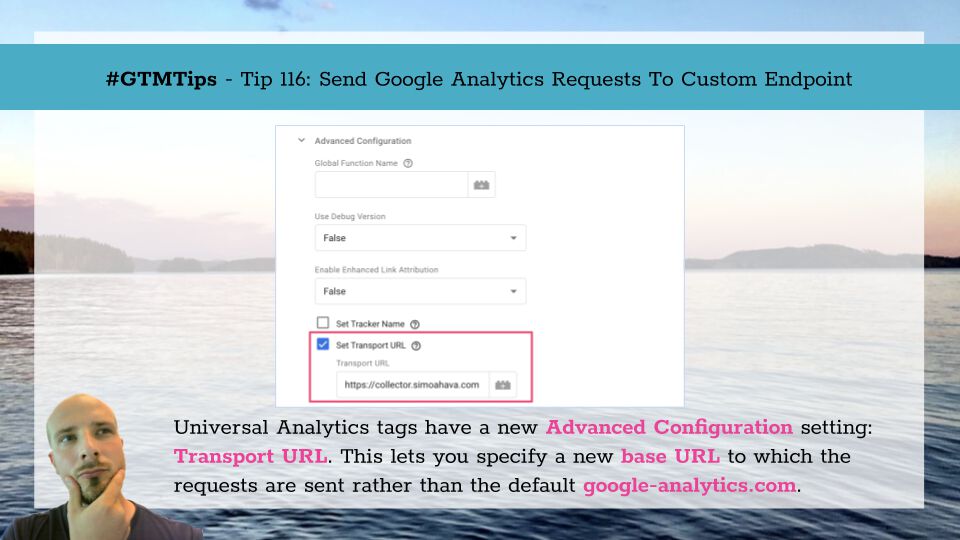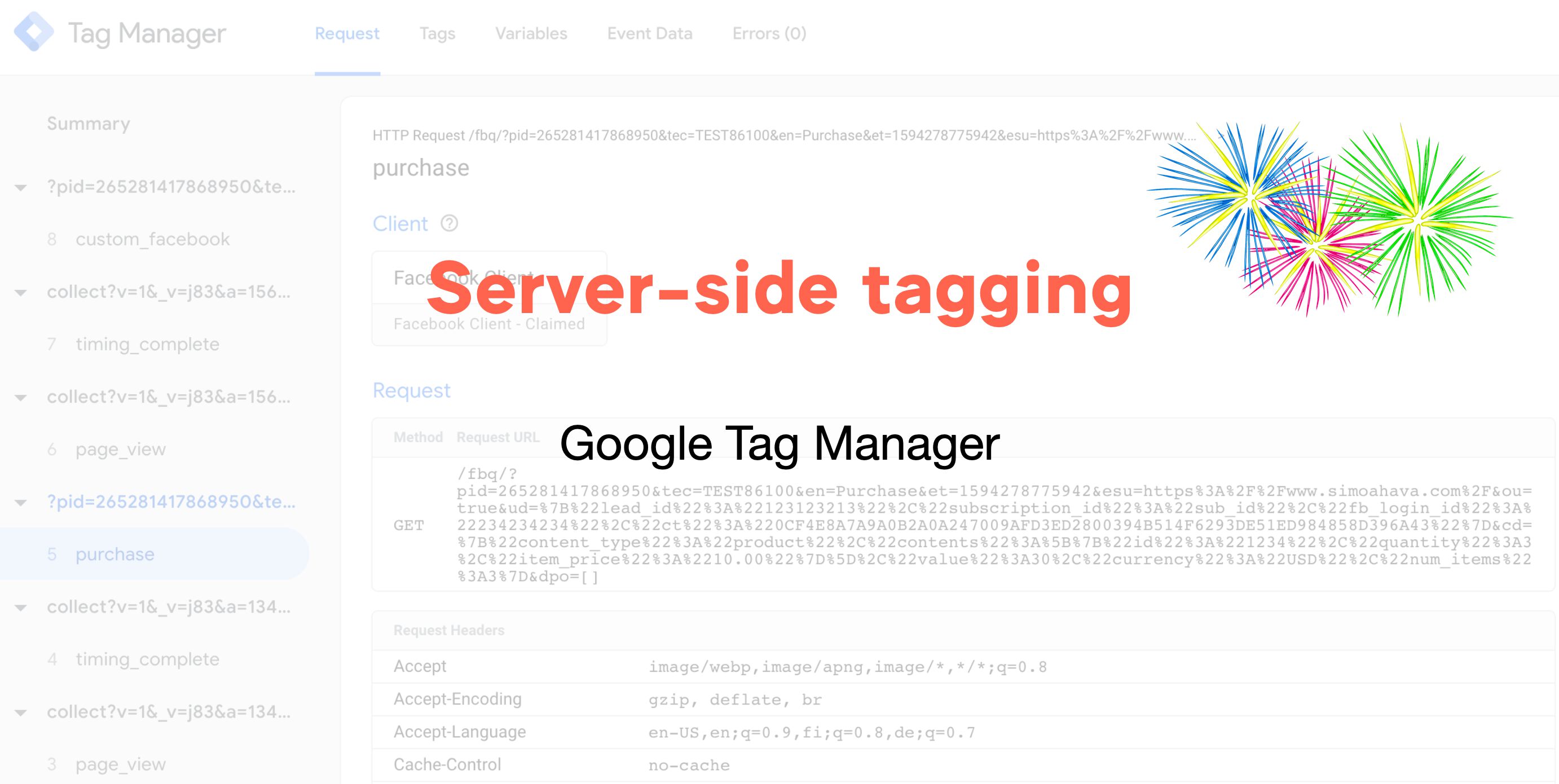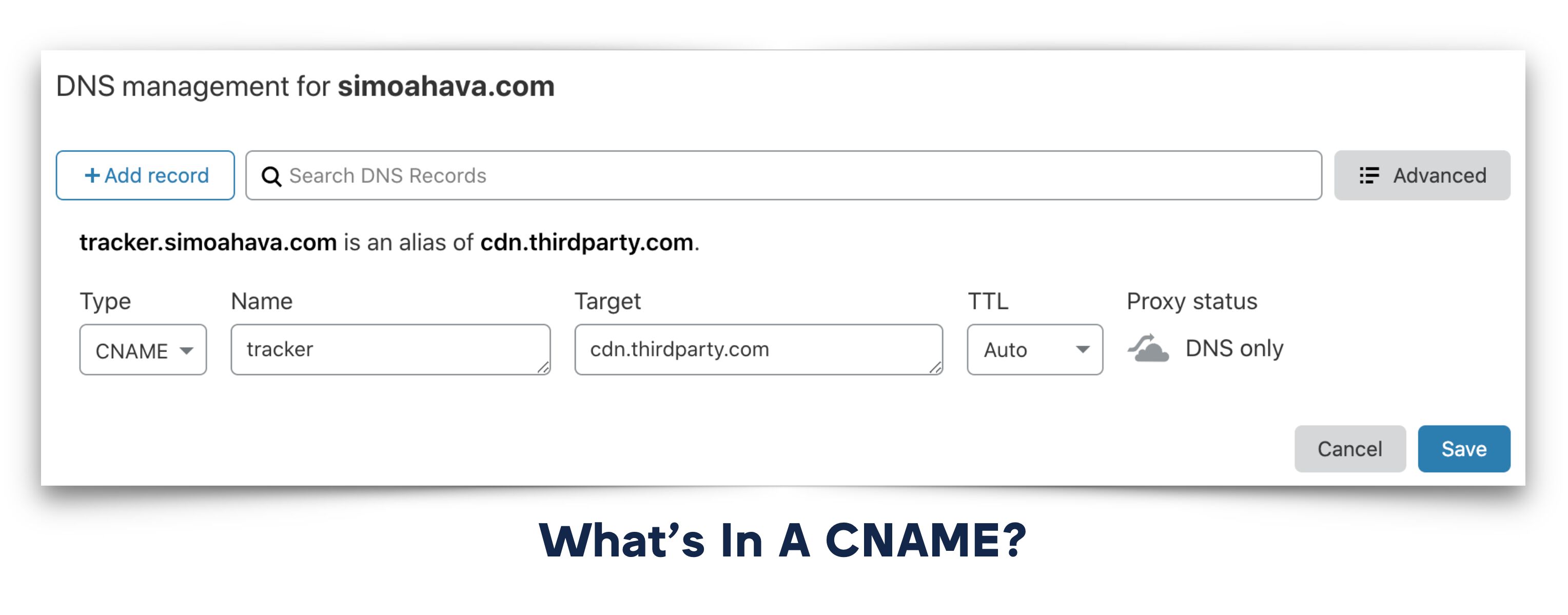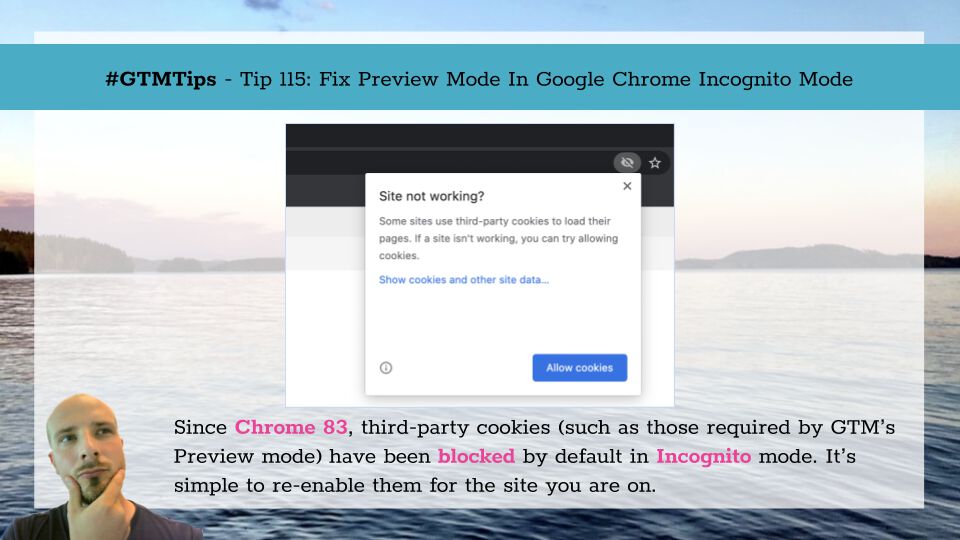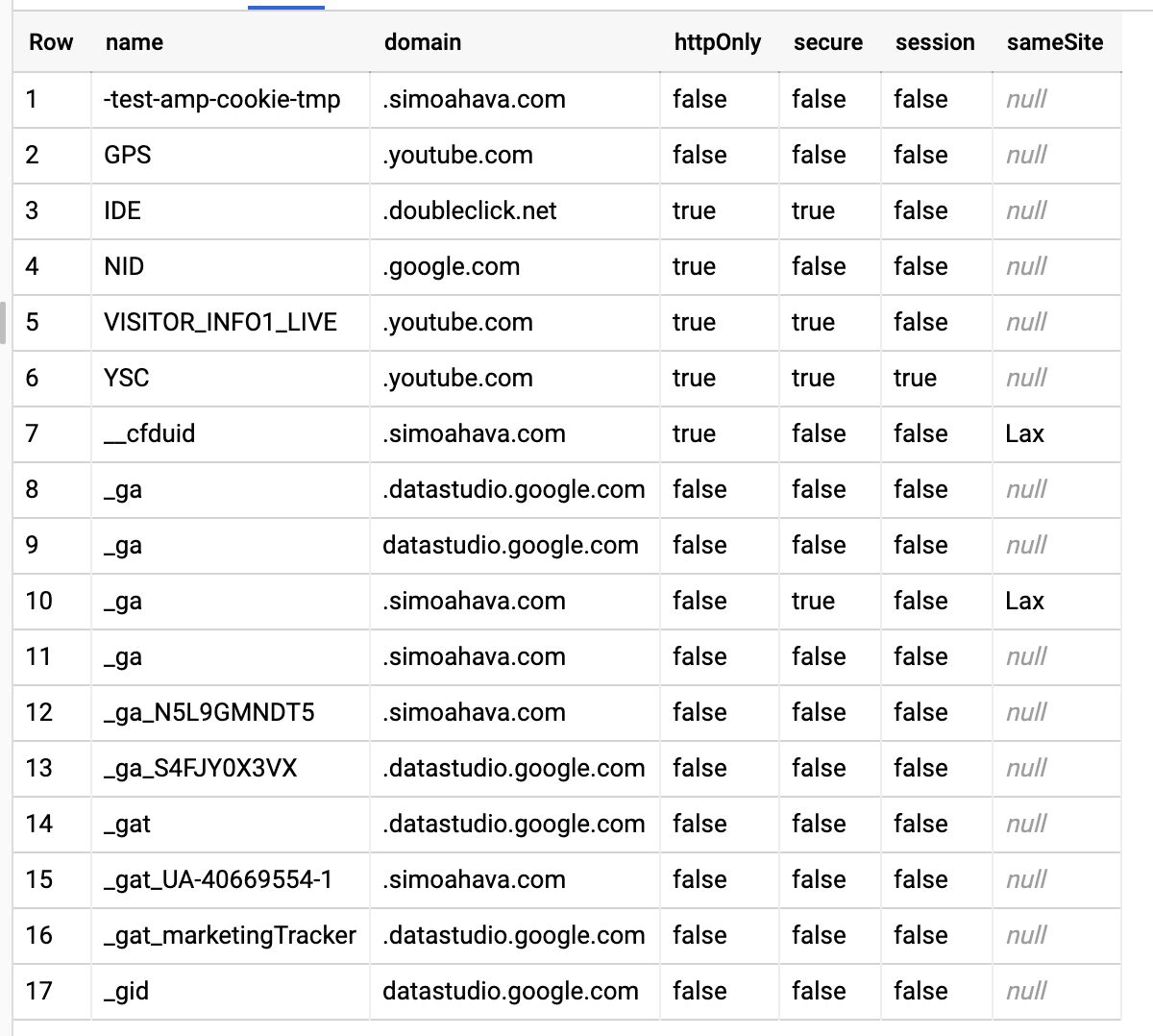When you use Google Analytics on the web, you are most likely implementing one of analytics.js, the global site tag (gtag.js), or Universal Analytics tags via Google Tag Manager.
These libraries all end up doing the same thing: compiling a payload-rich HTTP request to an endpoint at https://www.google-analytics.com.
What if you want to have the JavaScript libraries do their job, but instead of sending the data to Google’s servers, you send them to a new, custom endpoint?
